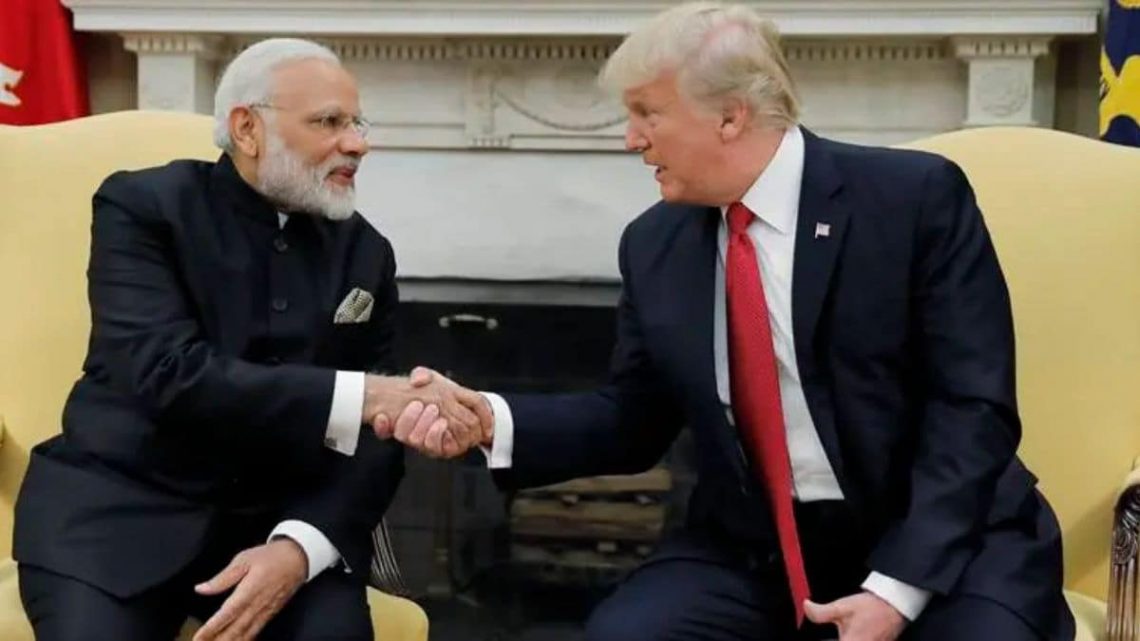With the rationalisation of tariffs, Union Finance Minister Nirmala Sitharaman had two key messages for US President Donald Trump in the Budget 2025-26.
One, Sitharaman signalled that India was no longer a high-tariff country.
Two, Sitharaman conveyed to the Trump adminsitration that India is aware of US concerns and is willing to address them.
In the
Budget 2025-26, Sitharaman proposed to remove seven tariff rates, which would mean that only eight rates would remain. She further proposed to ensure that only one cess or surcharge to be imposed and went on to propose the exemption of Social Welfare Surcharge on 82 tariff lines that are subject to a cess.
For years,
Trump has complained that the world has been trading unfairly with the United States. He has complained that while other countries export freely to the United States, they do not freely import US goods. To address this purported unfair treatment, he has resorted to imposing tariffs on other countries — he has already imposed 25 per cent tariffs on Canada and Mexico and 10 per cent on China and has said that tariffs on the European Union (EU) are in the making.
Previously,
Trump has declared India as a “big abuser” among such purported unfair trading partners and has threatened Brics countries —India is a founding member of Brics— with 100 per cent tariffs.
Even though the Narendra Modi government has largely maintained that the reduction of tariffs in the Budget 2025-26 was in line with previous budgets where similar reductions were made, there are indications that the decision was also intended as a signal to the United States. In remarks after the Budget was presented, Sanjay Agarwal, the Chairman of Central Board of Indirect Taxes and Customs (CBIC), said that the rationalisation will help improve trade perceptions about India.
“One major achievement of this exercise is that we changed the optics that India is a very high-tariff country,” Agarwal told The Economic Times.
Agarwal said that most US goods now have low tariffs. He said that top 30 US goods have tariffs less than 10 per cent.
Among such goods, Agarwal listed crude, which attracts a tariff of Re 1 per metric tonne, coal (2.5 per cent), petrochemical items (7.5 per cent), diamonds (5 per cent), and industrial diamonds (0 per cent).
Implying that India never imposed heavy tariffs on US goods, Agarwal said just one or two instances, such as the tariff of 50 per cent 1,600 cc-plus motorbikes, had led to such an impression. Agarwal said that the tariff has now been reduced to 40 per cent. He further said that the tariff on semi-knocked down (SKD) kits has been reduced to 20 per cent from 25 per cent and to 10 per cent from 15 per cent for completely knocked down (CKD) units.
Even as Trump has threatened Brics and has announced tariifs for the EU, there are indications that the Modi government is not concerned about tariffs as of now.
The Hindustan Times reported that “at this moment, there is absolutely no threat of any tariff measures”.
An official told the newspaper that the recent tweaks in tariffs are not triggered by any threat from Trump “because there is no cause for such an action”.
“A decision to streamline and rationalise customs duty structure have been taken in previous two budgets and the move in this budget should be seen in continuation to that,” said this official.
Link to article –
India’s Budget has 2 messages for Trump: We are not a high-tariff country, we hear your concern
